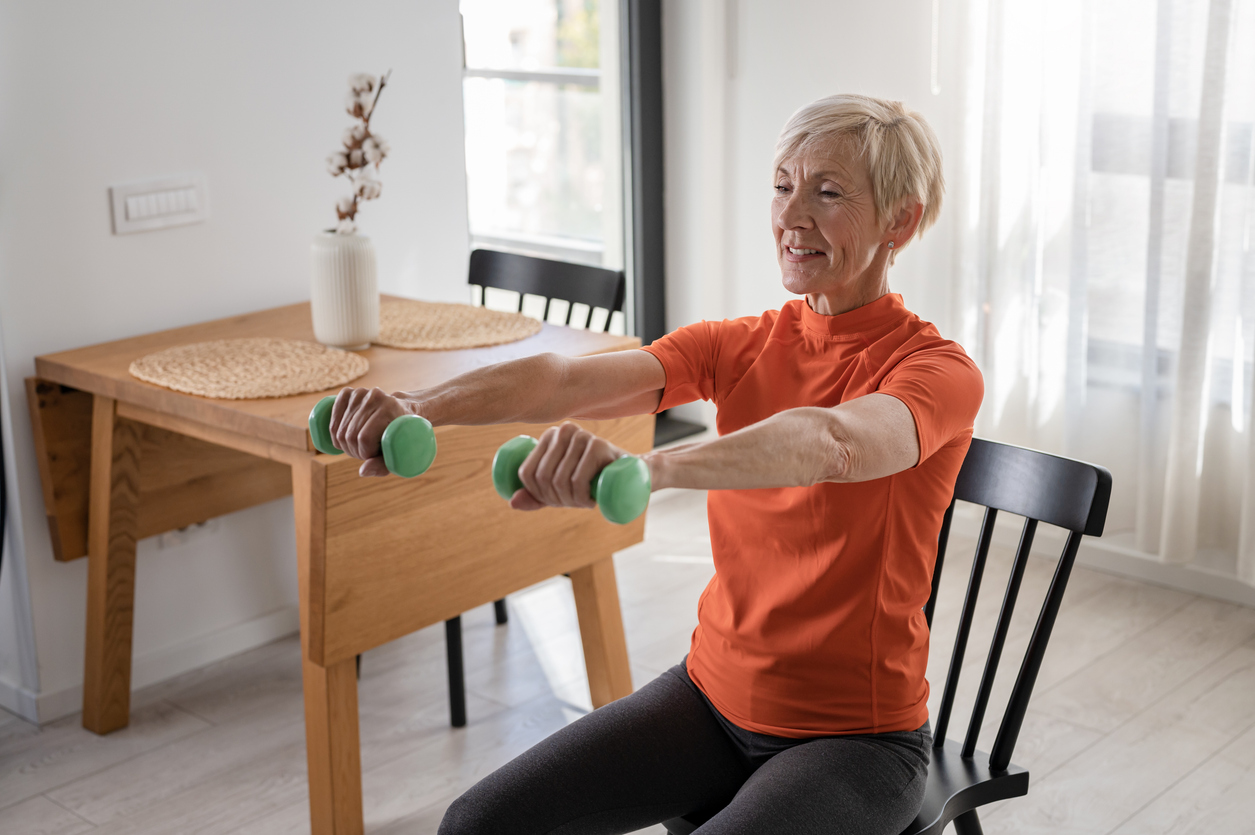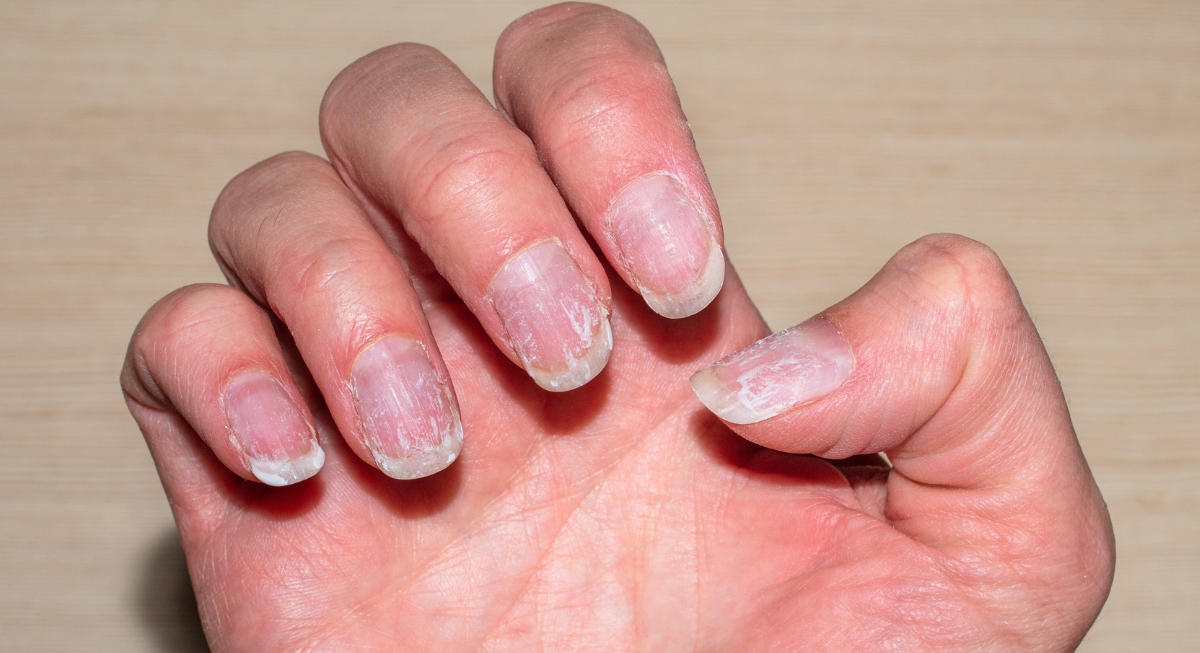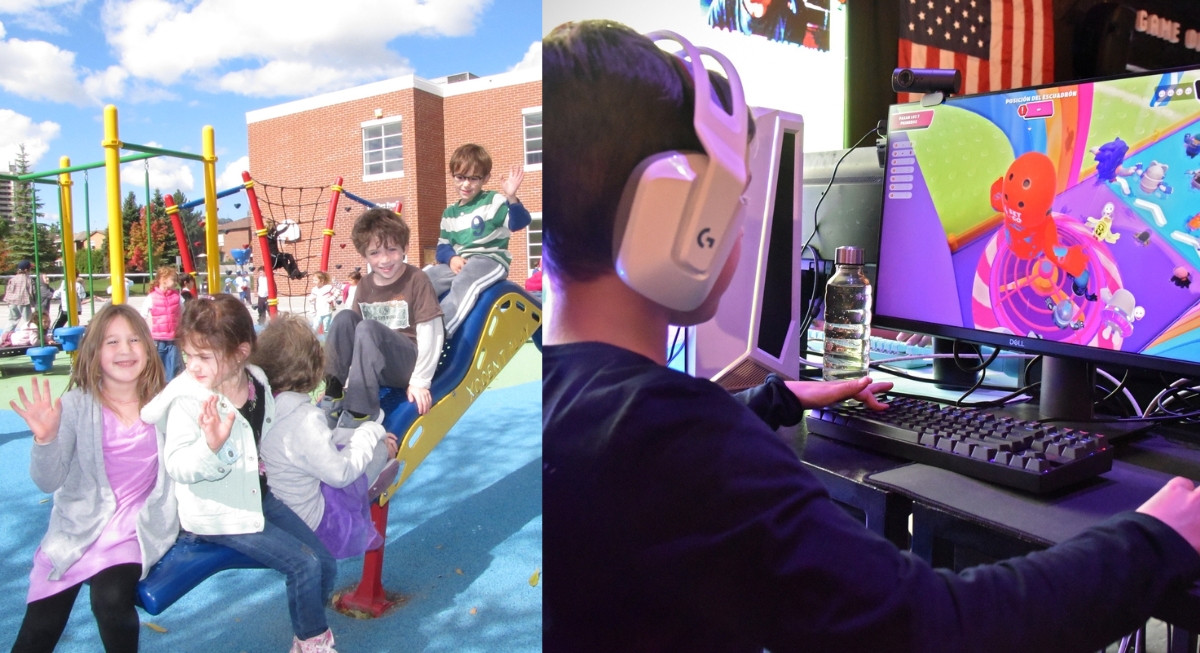Navigating health information becomes a crucial yet challenging part of life as we age. That's why today, we're debunking 15 persistent health myths people over 50 often believe, offering insights and truths to empower and enhance your well-being. So, let's shed those misconceptions and embrace a healthier, more informed lifestyle.
You Cannot Get Stronger
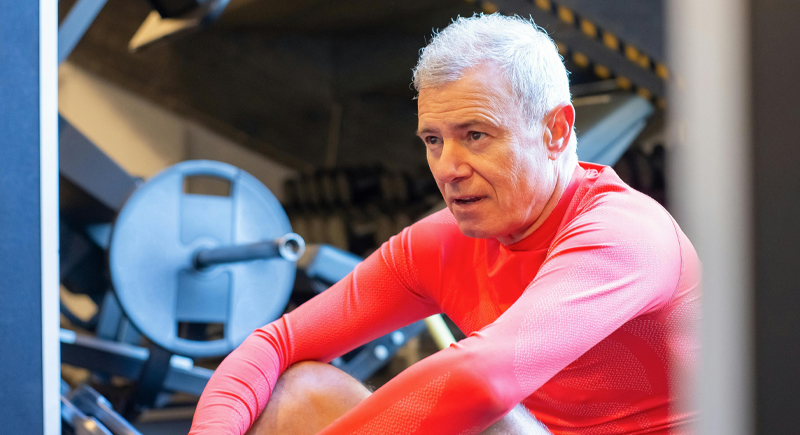
Credit: pexels
Age doesn't prevent us from becoming more robust; we may even surpass our younger selves! Switching solely to low-resistance exercises under the misconception of inevitable decline overlooks the body's capacity for adaptation. But with consistent strength training and a healthy diet, muscles continue to adapt and strengthen at any age.
Pain When Exercising Is Bad
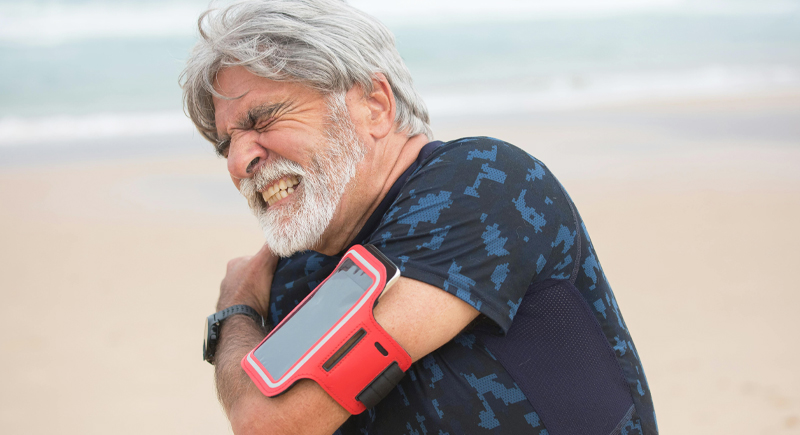
Credit: pexels
While specific pains, like chest pain, should not be ignored, muscle soreness or mild joint discomfort is a natural outcome of muscle overload—a process essential for gaining strength and endurance. Don't worry; this is standard and indicates a beneficial level of exertion necessary for improving physical fitness at any age.
Prioritizing Mental Health Over Physical Health

Credit: pexels
Skipping exercise to focus on mental fitness overlooks physical activity's profound impact on brain health. The adage "healthy body, healthy mind" holds, as exercise benefits extend to cognitive function. Research increasingly supports that regular physical activity enhances brain health and can actually stop and even help reverse age-related mental decline!
Working Out Exposes One to Potential Injuries
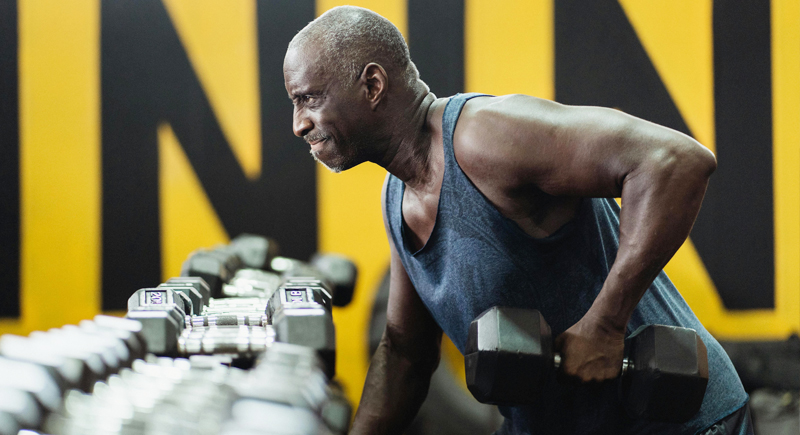
Credit: pexels
Such fears overlook the benefits of properly guided physical activity. Engaging with a physical therapist in a personalized balance-and-exercise program can significantly improve your balance, strength, and endurance. It can enhance your confidence and substantially reduce the risk of falls, making workouts a proactive step towards safer, more active living.
It's Too Late to Start Exercising

Credit: iStockphoto
Doctors worldwide agree that making exercise a priority in mid-life is essential. Finding an enjoyable workout or active hobby can significantly impact your health, especially for those over 50. As our mobility tends to decrease with age, engaging in regular activity helps maintain vitality, improves mood, and enhances overall well-being.
You Should Stop Running

Credit: pexels
Aging doesn't mean you must stop running. While beginners should approach it gradually, seasoned folks can continue into their later years. Running boosts cardiovascular health and mental clarity. Adjusting distances and intensity ensures it remains beneficial. Crucially, wearing proper footwear helps prevent injuries while ensuring a safe and enjoyable experience.
Walking Is Sufficient Exercise
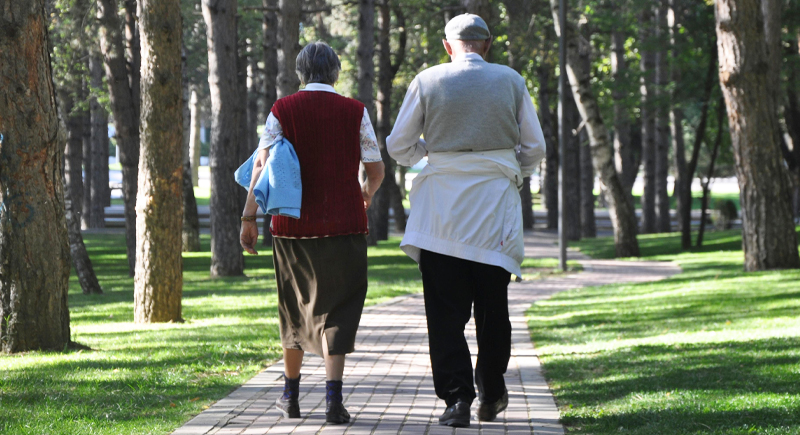
Credit: pexels
While walking is beneficial, it's not the be-all and end-all of fitness. Exercise must challenge your strength, flexibility, and cardiovascular system. Simply put, walking doesn't push the heart enough for significant improvement. However, incorporating fast walking or jogging intervals and adding strength training can elevate your fitness to new levels.
Weightlifting Is Bad for the Joints
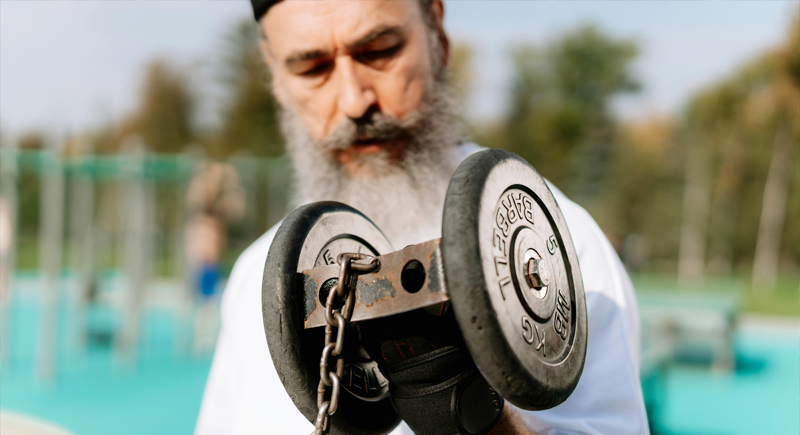
Credit: pexels
Lifting weights isn't bad for your joints; it's about technique and appropriateness. Contrary to causing harm, proper weightlifting strengthens muscles, enhances bone health, and promotes independence, regardless of age. There's minimal evidence linking it to arthritis or joint issues, making it a safe, effective way to maintain strength and vitality.
Poor Balance Is Forever
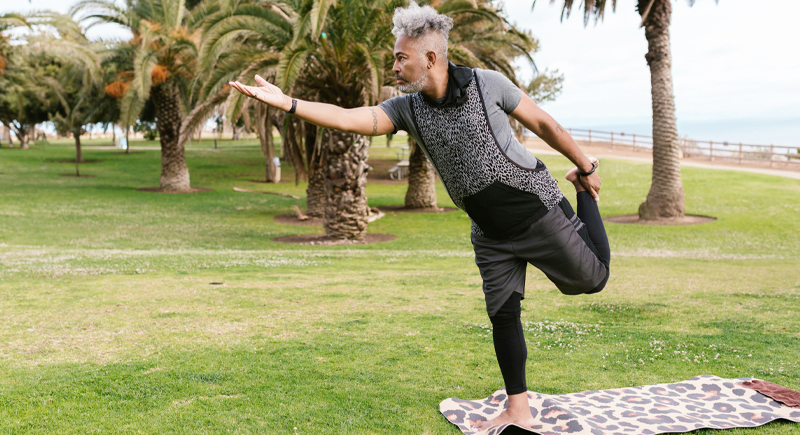
Credit: pexels
Poor balance isn't irreversible. Like any fitness aspect, it improves with practice. Enhancing stability is crucial for preventing falls and maintaining health, serving as a critical indicator of lifelong independence. Balance exercises in your fitness routine are essential; it's a skill that can be developed and refined at any age.
Inflexibility Is A Permanent Condition

Credit: pexels
Here's one of the most common misconceptions. While genetics influence flexibility, we can enhance what nature provides through consistent stretching or yoga. These practices can significantly increase your body's ability to bend and stretch, disproving the notion that flexibility is a fixed trait. Regularly incorporating flexibility exercises yields remarkable improvements.
No Exercising With An Injury

Credit: iStockphoto
Medical professionals recommend early movement post-surgery, like hip or knee replacements, to enhance healing through improved circulation. Consult a healthcare provider or a fitness expert to tailor a safe and effective exercise plan for you post-injury. Research supports the pain relief and healing benefits of beginning a basic exercise program.
High-intensity Interval Training Can Be Dangerous
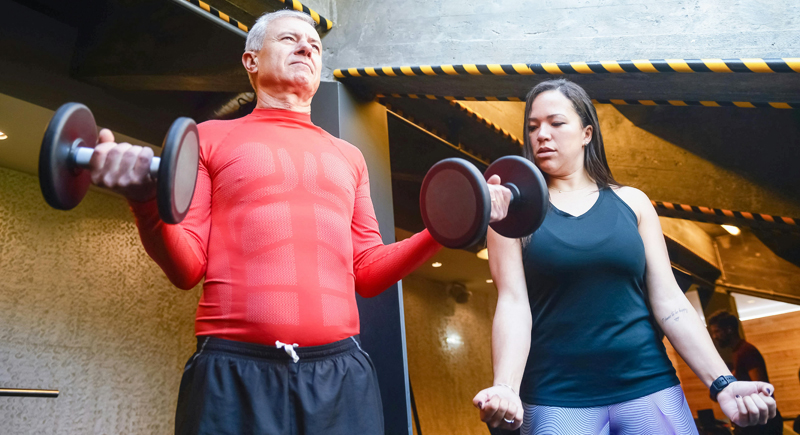
Credit: pexels
The notion that high-intensity interval training (HIIT) is inherently dangerous is incorrect. Research consistently shows HIIT as an efficient method for improving fitness, applicable to individuals of all ages, including those with heart disease and diabetes. If you're unsure, seeking guidance from a fitness professional can ensure safe, effective practice.
Squats Are Bad For the Knees

Credit: iStockphoto
Contrary to harmful, squats are incredibly beneficial when executed correctly. Trainers favor squats because they strengthen the lower body without causing knee pain or injury. They are fundamental exercises for building a robust and balanced fitness routine, showcasing the importance of proper form in preventing discomfort and enhancing overall strength.
You Can't Exercise with Bone-on-Bone Arthritis
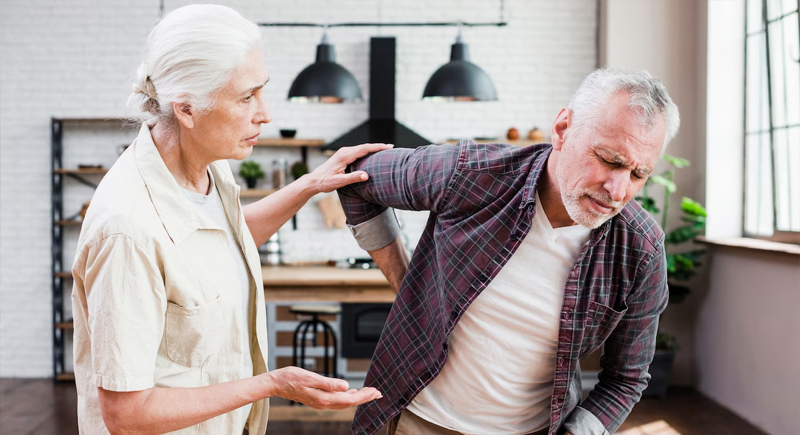
Credit: freepik
Arthritis, like grey hair, is a natural part of aging. Research shows many individuals with evidence of severe arthritis experience no pain, indicating that physical activity is still possible and beneficial. Exercising, especially under professional supervision, won't worsen arthritis. Moreover, maintaining a healthy weight can significantly alleviate symptoms.
Strength Training Makes One Bulky

Credit: iStockphoto
Surveys show many women mistakenly believe that strength training will make them bulky; instead, it tones and strengthens. It's vital for combating muscle, bone, and strength loss, which is more prevalent in women. However, distinguishing strength training from bodybuilding is vital, as the former enhances health without excessive muscle gain.

